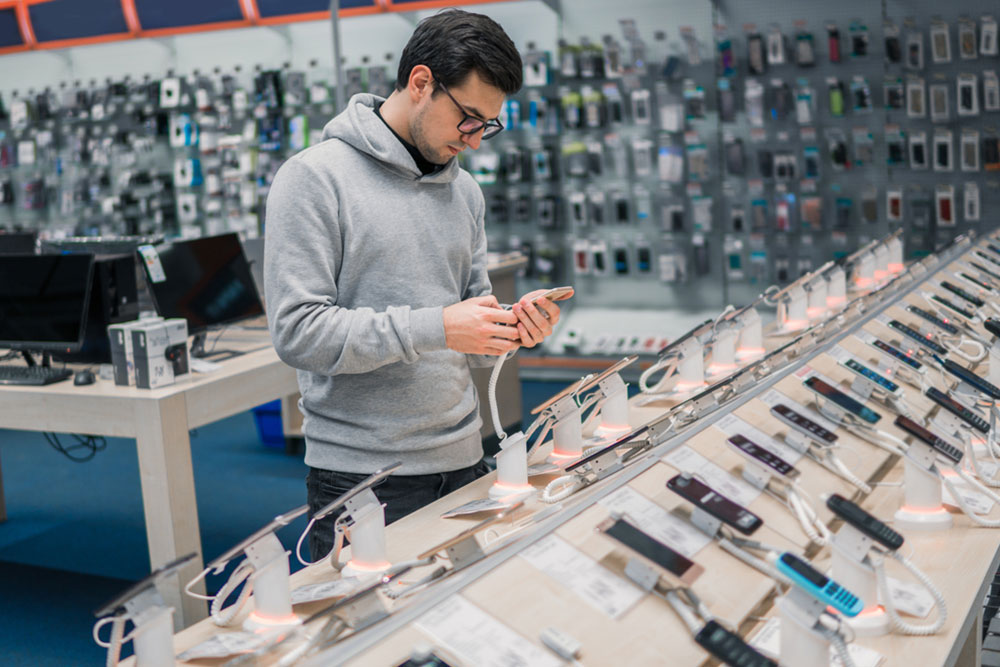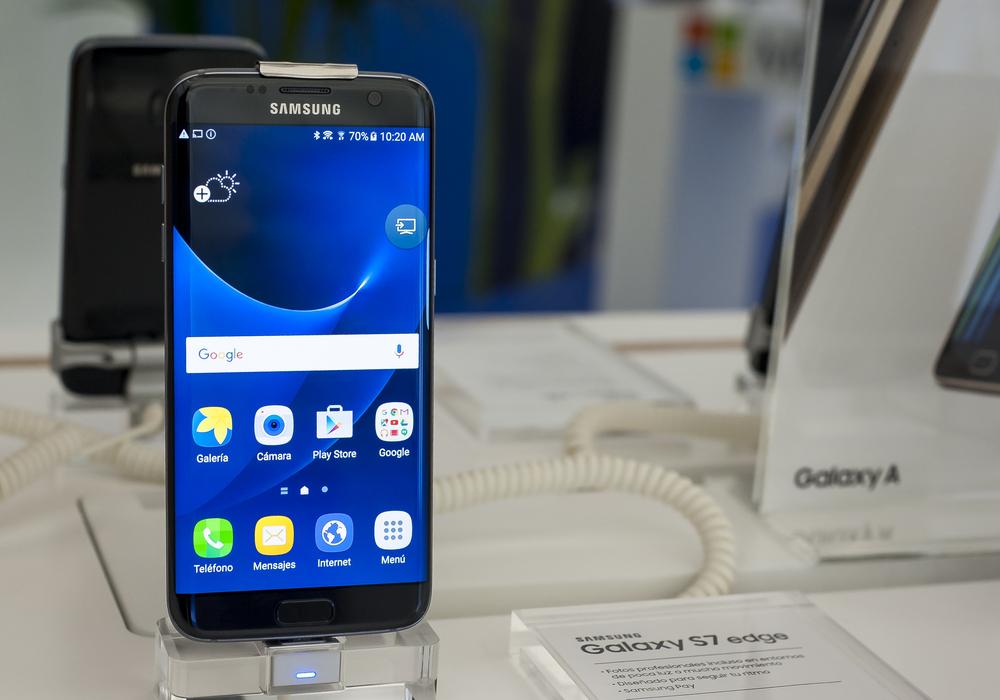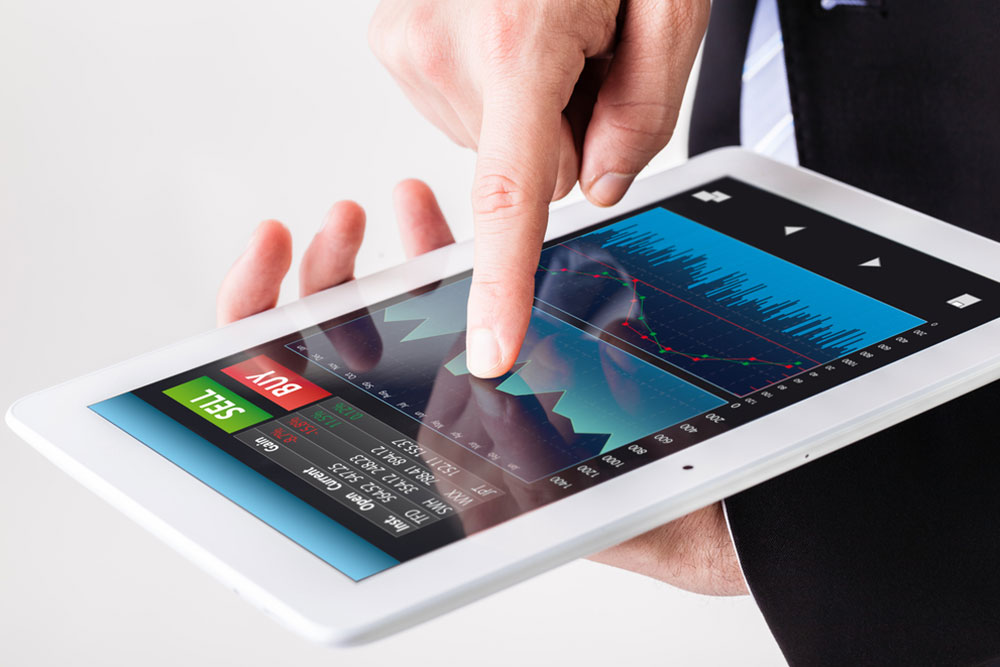Comprehensive Guide to Choosing the Best Android Smartphones in 2024
Discover the comprehensive guide to choosing the best Android smartphone in 2024. Learn about key features such as network compatibility, design, camera quality, software updates, and brand reputation. This detailed article helps users make informed decisions to find a device that fits their needs and offers excellent performance, durability, and future-proofing for years ahead.

Comprehensive Guide to Choosing the Best Android Smartphones in 2024
In today's fast-paced digital world, Android smartphones have cemented their position as the go-to devices for users seeking powerful, versatile, and stylish technology. From sleek designs and cutting-edge features to intuitive interfaces and reliable connectivity, Android phones offer a wide array of options catering to diverse needs. However, with the multitude of models available on the market, selecting the perfect Android device can be a daunting task. It requires careful consideration of various critical features to ensure that your investment aligns with your lifestyle, preferences, and demands.
This extensive guide aims to provide you with in-depth insights into the essential aspects to evaluate when choosing a top Android smartphone in 2024. Whether you're a casual user, a photography enthusiast, or a business professional, understanding these key features will empower you to make an informed decision and pick a device that offers excellent performance, durability, and future-proofing.
Network Connectivity and Carrier Compatibility
One of the fundamental considerations when selecting an Android phone is network compatibility. Reliable network coverage ensures seamless communication, fast internet speeds, and uninterrupted connectivity. While major carriers generally provide extensive coverage, regions may have dead zones or weak signals, particularly in rural or densely populated urban areas. Before making a purchase, it's crucial to verify the network strength in your most-used locations. Consider choosing a device that supports a broad range of network bands and technologies, including 4G LTE, 5G NR, and Wi-Fi 6 or Wi-Fi 6E, for optimal performance.
Design and Display Features
Design plays a significant role in user satisfaction. Consider whether an Android device aligns with your aesthetic preferences, whether it features a sleek, minimalist look or a more rugged build for durability. Essential design elements include screen size, display resolution, and build quality. Larger screens, such as 6.5 inches or more, are preferred for multimedia consumption, gaming, and productivity, but they also tend to make phones bulkier and less comfortable for one-handed use. Conversely, compact models offer greater portability but might compromise on display size.
Screen resolution impacts visual clarity, with Full HD (1080p) being the baseline, while higher resolutions like Quad HD or 4K provide sharper images and more vivid colors. Additionally, many smartphones now feature AMOLED or OLED panels that deliver richer blacks and contrast levels, enhancing overall viewing experience. Consider your primary use—if you enjoy streaming videos, gaming, or photo editing, prioritize devices with high-quality displays.
Other design considerations include build materials such as glass, metal, or plastic, waterproofing features like IP ratings, and ergonomic factors like button placement and weight, which influence daily usability.
Camera System and Photography Features
Smartphone photography has become a major selling point for Android devices. Camera capabilities vary widely across models, from basic modules with 3MP sensors to flagship phones boasting multiple lenses, high-resolution sensors, and advanced computational photography features. For casual photography, a decent rear camera with 12-16MP resolution may suffice, but enthusiasts and professionals might prefer devices with multiple lenses, such as ultra-wide, telephoto, and macro options, to capture a diverse range of shots.
Front cameras are also crucial, especially for video conferencing and selfie enthusiast. Modern front cameras often include features like portrait mode, portrait lighting, and higher megapixel counts to produce sharp, flattering images.
Additional camera features to consider include optical image stabilization (OIS), phase detection autofocus (PDAF), night mode capabilities, and 4K or higher video recording options. Evaluate your primary photography needs and select a device that balances quality and cost effectively.
Operating System and Software Support
All Android smartphones operate on the Android OS; however, differences exist based on version and customizations. Staying current with the latest Android version ensures access to new features, security patches, and performance improvements. Check the OS version installed on a device, and inquire about the manufacturer's update schedule. Google's Pixel series often receives timely updates directly from the company, whereas other brands may have delayed rollout schedules due to custom UI overlays.
Speaking of UI, manufacturers customize Android with overlays such as Samsung's One UI, OnePlus's OxygenOS, or Xiaomi's MIUI, each offering unique features and user experiences. It’s important to try out the device beforehand to ensure the interface suits your preferences and that the device gets regular software updates for security and functionality.
Opt for a device with a solid track record of software support to enhance longevity and ensure your device remains secure and feature-rich for years to come.
Brand Reputation and Custom UI
The brand behind your Android device can influence your overall satisfaction. Reputable manufacturers like Samsung, Google, OnePlus, and Pixel are known for quality, customer support, and timely updates. Moreover, their custom UI overlays may add valuable features but could also introduce bloatware or impact performance if not optimized.
It's advisable to experience the device physically before purchasing, either by testing it in a retail store or reading detailed reviews online. Consider the manufacturer's reputation for post-purchase support, warranty services, and software updates to ensure your investment is protected. Staying informed about new releases and model upgrades can also help you decide when to buy or upgrade your device.
In conclusion, selecting the right Android smartphone in 2024 involves balancing multiple factors, including network compatibility, design, camera quality, software support, and brand reputation. Conduct thorough research and prioritize your most important features to secure a device that offers longevity, performance, and satisfaction. Making an informed choice today ensures that your smartphone will serve as a reliable personal assistant, entertainment hub, and productivity tool for years to come.





